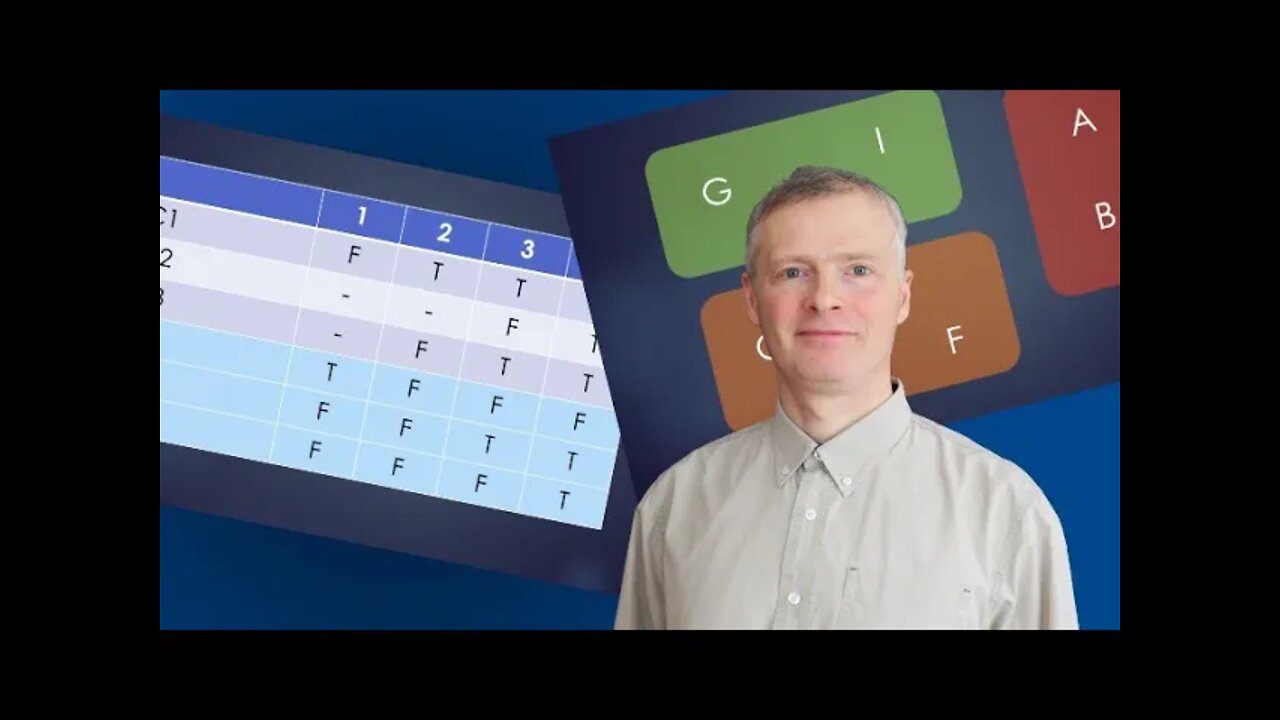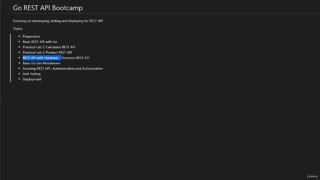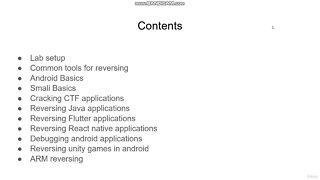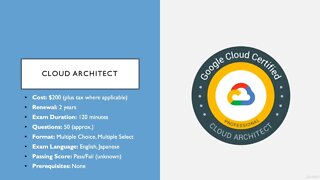Premium Only Content

FREE FULL COURSE Three key black box testing techniques
DOWNLOAD FREE FULL COURSE
https://bit.ly/3J4IIeE
In 2022, a new edition was released. Enhance your equivalence partitioning, boundary value, and decision table testing abilities.
What you’ll learn
Three key black box testing techniques
In-depth understanding of three software testing approaches.
Testing is done by hand.
The most common approaches to specification-based testing.
A methodical technique for creating tests based on the requirements of the user narrative.
Testing in a black box
Requirements
The Basic understanding of software testing.
The Capacity to decipher system specifications
Description
This course will help you get a better understanding of the three most commonly used software testing approaches. In addition, the course will assist you in preparing for ISTQB tests. It focuses on a certain section of the curriculum. The practical usefulness of the course is its most significant aspect.
It may be challenging for total novices in the software testing field, but it may also help established testers/QAs or developers who are writing tests for their code enhance their skills.
So frequently, automated tests (e.g., unit tests, API tests) and manual tests are found to be either not employing separate methodologies or not applying them appropriately, resulting in a loss of test quality and a failure to meet the intended amount of test coverage. This course will close the gap between the primary testing approaches and the reasoning behind each test case after taking this course. The more you know about testing procedures, the easier it is to plan tests, like how many tests you need and how much money and time you need.
The information presented here is tool-independent. As a result, whether you’re using TestComplete, Katalan Studio, Selenium, or Appium, it’ll work for you.
This course will assist you in achieving the following objectives:
The ability to choose the most relevant test procedure based on logic;
Having the ability to include adequate test coverage into automated tests;
Who this course is for:
QA, system analysts, testers, software developers
-
 1:27
1:27
AHMEDKAZEKA97
2 years agoFULL FREE COURSE Essential Go REST API: Developing, Testing and Deploying
90 -
 2:11
2:11
AHMEDKAZEKA97
2 years agoFREE FULL COURSE Python Primer
73 -
 1:58
1:58
AHMEDKAZEKA97
2 years agoFULL FREE Metaverse Fundamentals COURSE
38 -
 3:23
3:23
AHMEDKAZEKA97
2 years agoFULL FREE COURSE Android Reverse Engineering
194 -
 2:10
2:10
MurphyJ81
3 years agoTesting, One, Two Three
26 -
 4:04
4:04
AHMEDKAZEKA97
2 years agoFREE FULL COURSE Google Cloud Architect Certification
689 -
 2:57
2:57
AHMEDKAZEKA97
2 years agoFULL FREE Intro to Data Literacy COURSE
25 -
 1:52:42
1:52:42
Kim Iversen
10 hours ago💰 CHA-CHING! 💰 Trump Unveils Big Money Plans For Gaza AND America
57.9K170 -
 1:05:28
1:05:28
Flyover Conservatives
23 hours agoUkraine’s Dirty Secret: The Christian Persecution No One Wants to Talk About - Alex Newman | FOC Show
58.5K19 -
 2:00:20
2:00:20
Glenn Greenwald
15 hours agoThe View from Moscow: Key Russian Analyst Aleksandr Dugin on Trump, Ukraine, Russia, and Globalism | SYSTEM UPDATE #414
141K64